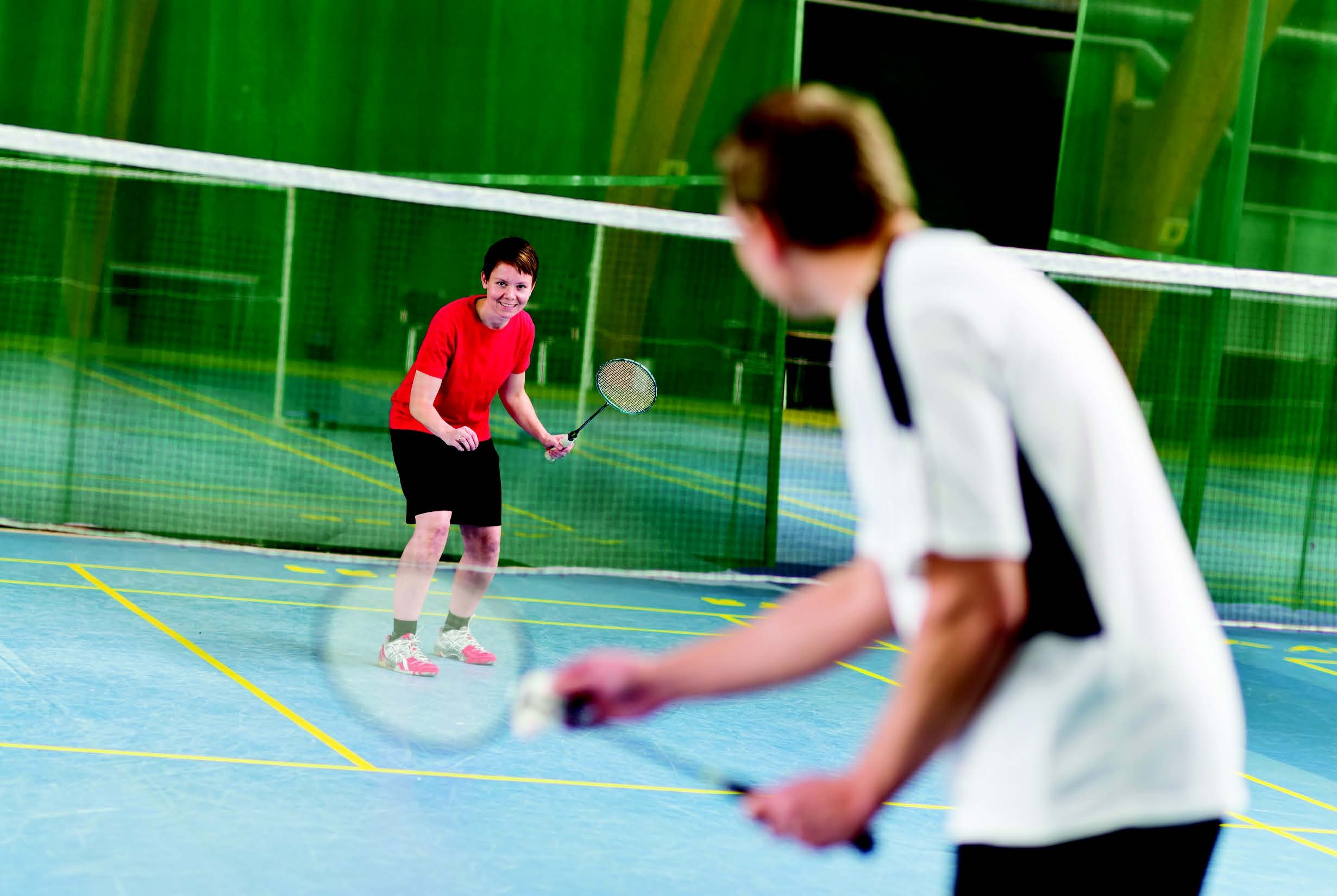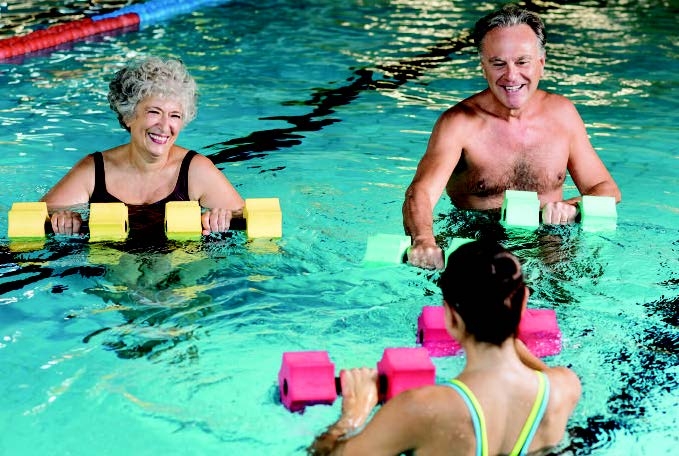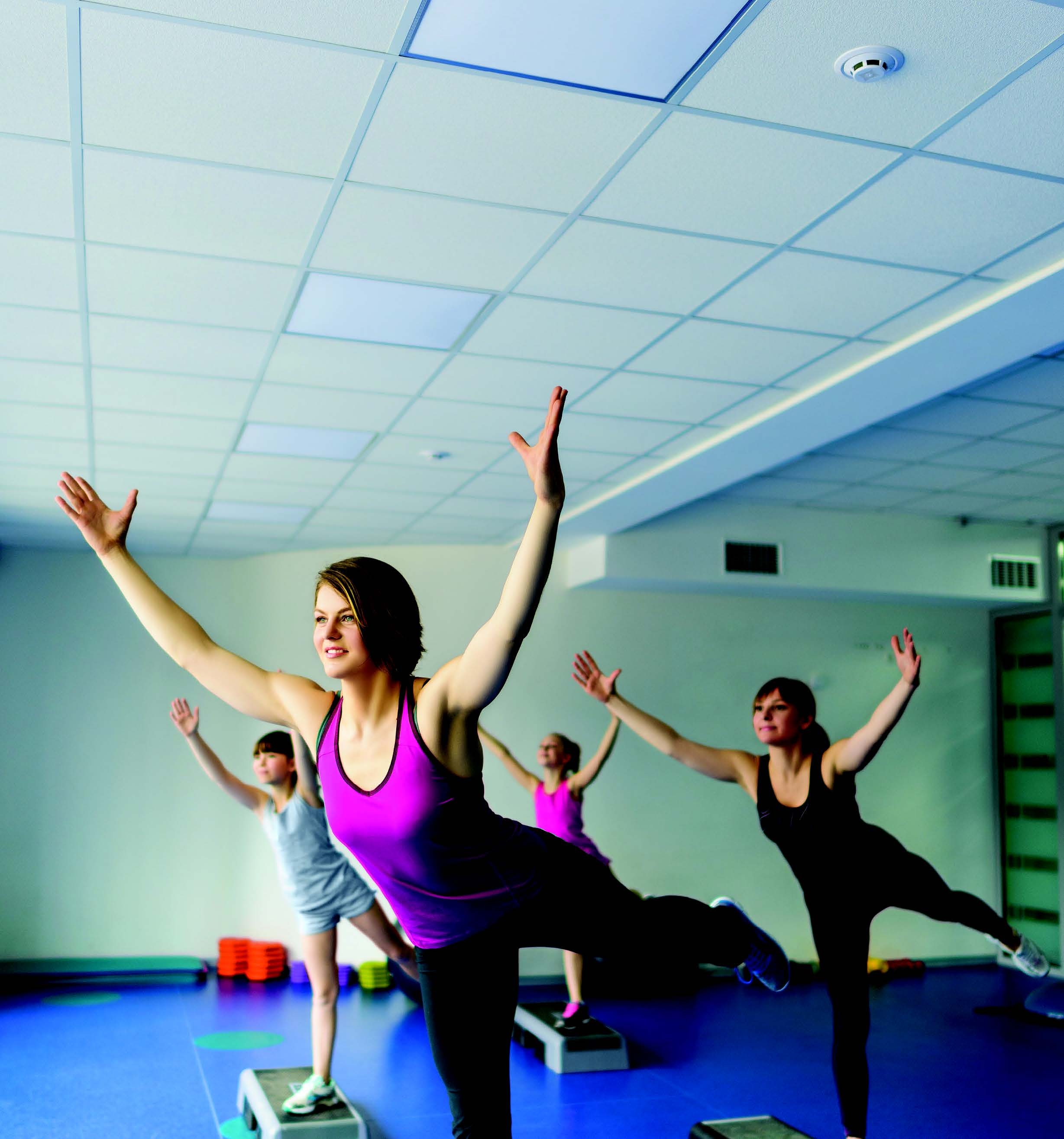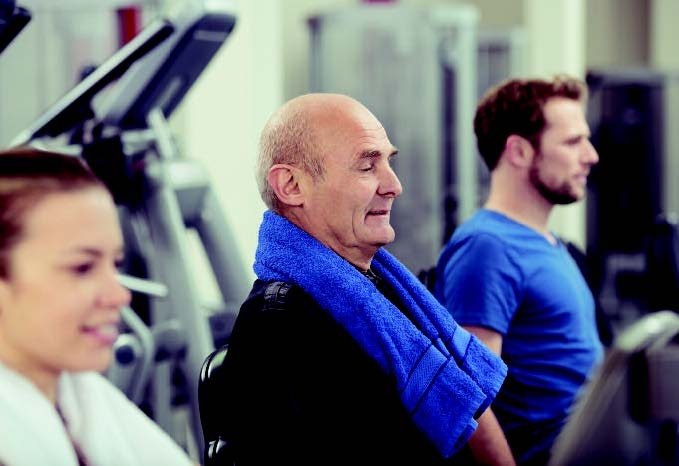
The ukactive research was compiled in collaboration with the DataHub. It provides a comprehensive picture of who is visiting leisure centres, when they are visiting and what they are doing when they are there. Such intelligence can help operators make informed decisions to ensure their centres reflect trends as well as local community need to drive participation.
Gathering data
The research uses data from more than three million customer memberships collected in 315 different leisure centres over the last two financial years.
There was a 17 per cent increase in overall number of visits to the 315 leisure centres from 2015 to 2016. In 2017, 17,541,369 visits had been made up to the end of April so early indications suggest this could reach a similar level to 2016.
The Who
Membership demographics
The what
Group exercise




Enduring appeal of swimming
Although the percentage of visits for swimming has declined, for the past three years, swimming has been the most popular activity at leisure facilities.
Sports participation
For the purposes of the research, sport is defined as anything outside of swimming, group workouts and fitness (gym). The report shows:
Members vs casual users
In 2017, 40 per cent of visits to leisure centres were made by casual users. Yet, they use the centres distinctly differently to members:
Why data is power
“As more and more operators join the DataHub platform they are gaining access to unparalleled levels of insight around prevailing market trends, which is vital in designing and delivering facilities which meet consumer demand and are fit for purpose,” says Steven Ward, CEO of ukactive.
"What’s more, the platform places operators on a much stronger footing to attract investment by virtue of possessing more insightful market data - a common stumbling block at present. Data, once our sector’s biggest blind spot, is fast becoming our strongest asset. Those harnessing the power of the DataHub now have a comprehensive overview of who their customers are and exactly what they want”.